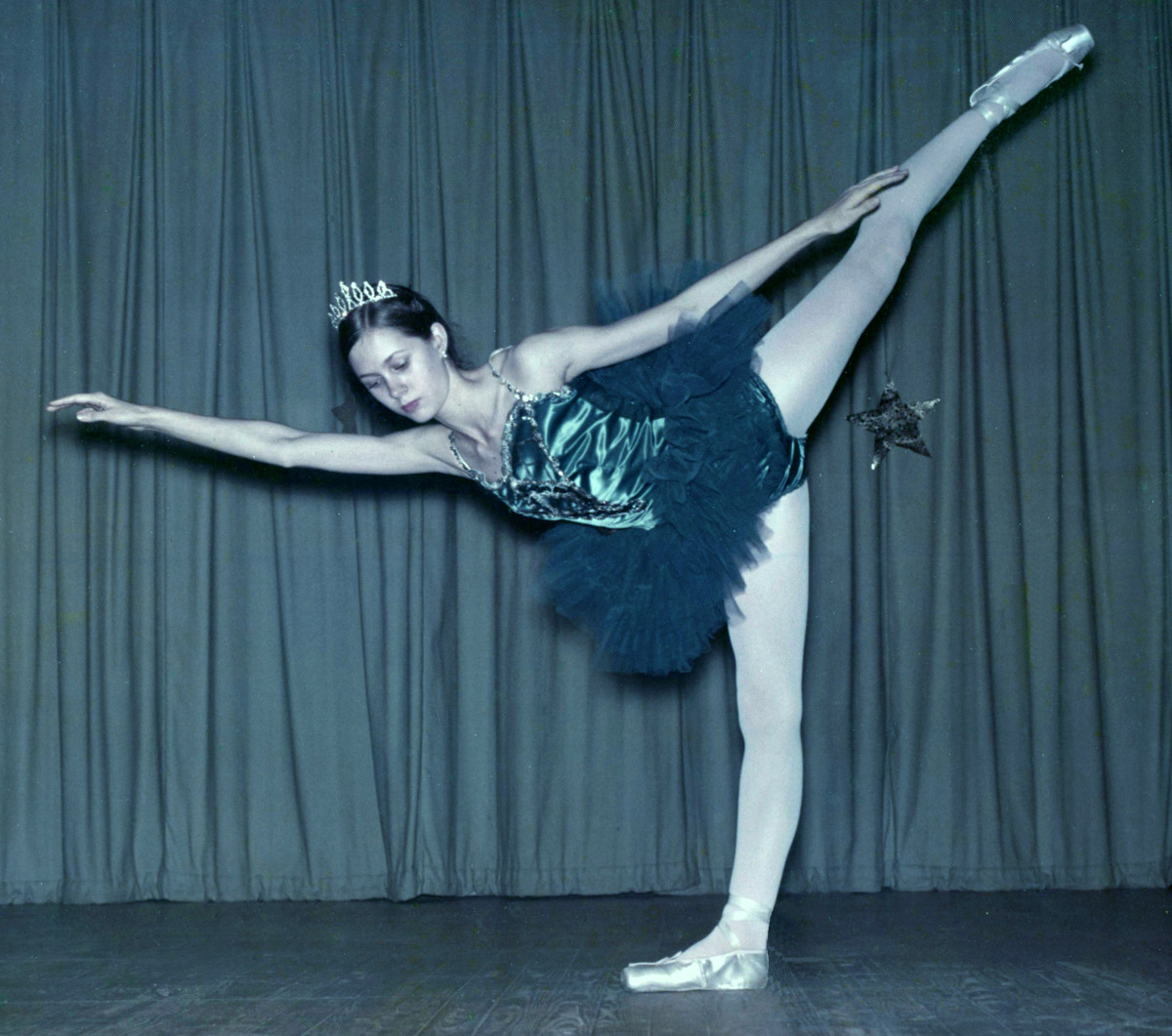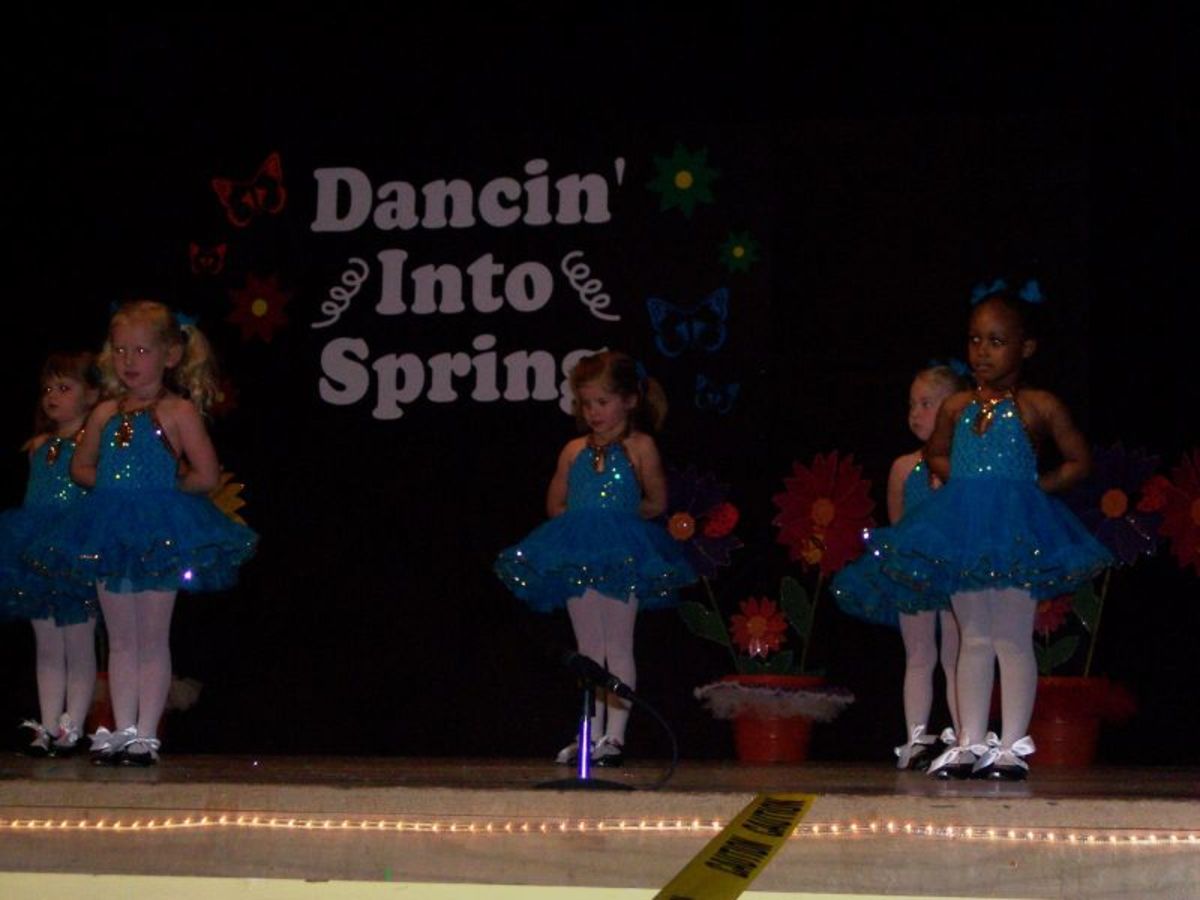The Physics Of Ballet Dancing
The Physics Of Ballet Dancing
Anyone familiar with ballet dancing will tell you that ballet is both an art and a science. Many people are aware of the art of ballet but few are familiar with the physics of ballet dancing. The art of ballet is based on the principles of physics. Those who have succeeded in ballet have mastered indirectly these particular laws of physics. Some basic physics laws must be obeyed if one is to balance on their toes or have their body turn in the required way.
In order to carry out a perfect tournant, fouettes and jete it is necessary that one apply these principles of physics. A dancer who is spun around in a ‘pencil’ turn by her dance partner is a great example of this. This is based on the application of torque a physics term than means that an external off balance force has been applied in the form of a push, causing the dancer to spin. By retracting or extending his or her leg, the dancer is able to conserve their angular momentum and thus determine the speed at which they spin. Rotational inertia is increased when the leg is extended which in turn causes angular velocity to be reduced causing a slower spin. Doing the opposite and retracting the leg will then reduce rotational inertia and raise angular velocity, which makes the dancer spin faster.
A ballet dancer must engage his or her center of gravity in order to balance gracefully. The place where both torque and force are zero is the center of gravity with torque being an off center push that makes the dancer go into a spin and force being a push that would cause the dancer to tip or fall over. In order to balance, both gravity and floor support push in opposite directions and create an equal and countering force. In order for the dancer to balance perfectly, the two forces will meet at his or her center of gravity. This center of gravity should be positioned directly over the point where the dancer’s body has made contact with the floor.
Jumping in a parabola enables the dancer to leap like a gazelle also known as a jete. The dancer’s movements must seem both fluid as well as beautiful as they do this. In order to perform the movements flawlessly and succeed at dancing, the dancer must practice them and exercise.








